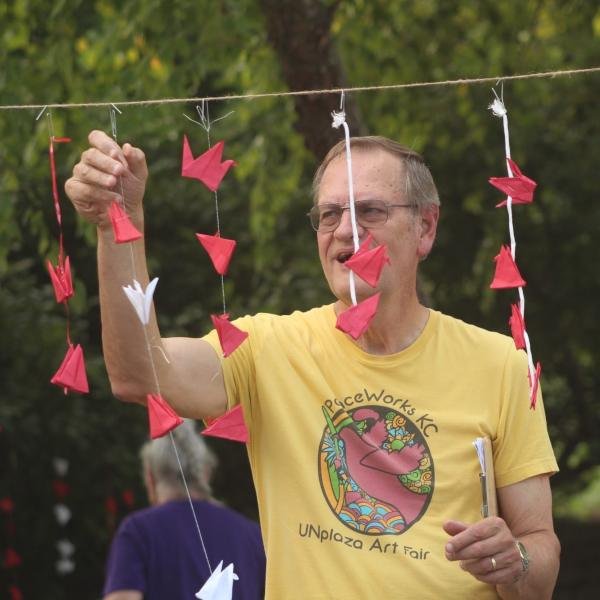By Spencer Graves
When the Non-Proliferation Treaty (NPT) entered into force in 1970, there were 5 nuclear-weapon states. Now there are 9, and another 32 have sufficient fissile material to make nuclear weapons if they wish (1). The accompanying figure suggests that the process of creating new nuclear-weapon states has slowed over time.
However, it would seem naive and even foolish to believe that the number of nuclear-weapon states will not continue to grow until either (a) a nuclear war destroys the ability of anyone to make more nuclear weapons, or (b) international law is strengthened to provide weaker nations effective protection against perceived threats from other countries.
When the Soviet Union (2) first tested a nuclear weapon in 1949, it was not just responding to the memories of World War II but also to the anti-Soviet Cold War rhetoric of that day in the US and to the memory of US and other foreign troops on their soil trying to put the tsar back in power after World War I. Similarly, in the first decade of the 21st century, North Korea had reason to fear the intentions of the US after having been described by President George W. Bush in 2002 as part of an “axis of evil” along with Iran and Iraq, and then watching as the US destroyed Iraq and continued to threaten Iran.
To estimate the probability distribution to the time to the next nuclear weapon state, the accompanying plot suggests we consider only the time since the presumed first test by Israel in 1979 (3). In those 40 years, the world has seen two new nuclear-weapon states, Pakistan (PK) and North Korea (KP). That gives us an average of 20 years between first tests by new nuclear-weapon states. That suggests there’s roughly an 80% chance of a first test by another new nuclear-weapon state some time between 2 and 46 years from now, with a 10% chance of the next one being less than 2 years and 10% chance of the time being more than 46 years (4).
1. Toon et al. (2007) Atmospheric effects and societal consequences of regional scale nuclear conflicts and acts of individual nuclear terrorism, Atmospheric Chemistry and Physics, 7:1973:2002.
2. This plot is labeled with standard 2-letter country codes, so RU = Russia, GB = United Kingdom, FR = France, CN = China, IN = India, IL = Israel, PK = Pakistan (1998), KP = North Korea (People’s Republic of Korea—2006).
3. Wikipedia, “Vela Incident”
4. This will be documented in my Wikiversity article on “Time to the next new nuclear-weapon state”, related to my Wikiversity article on “Time to extinction of civilization”. This ignores the uncertainty in the estimate of an average of 20 years to the next new nuclear-weapon state. Considering that would increase the chances of being outside the (2, 46) year interval from 20% to perhaps 50%.


